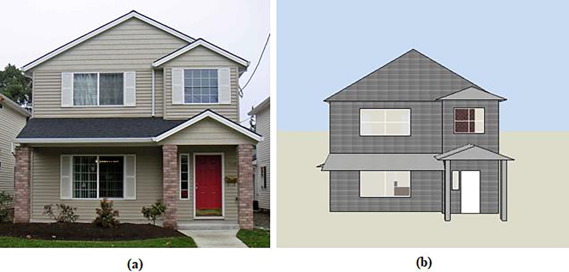Author: Paul Hanaphy
Date: 08/05/2022
Researchers at the University of Tehran have developed a novel concrete that can be 3D printed into houses in a way that generates 400 times less CO2 emissions than current builds.
In the simulated 3D printing of a home, the team found that using a reactive magnesium oxide mixed with thermal insulation and phase change materials (PCMs) lowered both its energy usage and environmental impact. If deployed on a wider scale, the engineers say the material could help make 3D printing a more attractive tool for tackling both housing shortages and the issue of climate change.

Cleaning up the construction industry
According to European Commission research, conventionally-constructed buildings account for 36% of all CO2 emissions generated in the EU. Of course, due to population increases, affordable housing construction is a necessity, but building these more sustainably is fast becoming a hot topic of research. These studies have often revolved around reducing the cooling and heating loads of buildings.
Doing so is seen as crucial to improving the sustainability of the house building process, as it could help lower the fuel requirements associated with their construction and heating. Previous research has found that one way to improve the thermal performance of such buildings is to 3D print them from PCMs, capable of absorbing heat within a specific range and managing internal temperatures.
Analysis:
3D construction printing is widely heralded as having the potential to drastically reduce the environmental impacts of construction. This is primarily due to the much greater efficiency with which the technology uses material. Using less of an unsustainable resource is inherently going to be better for the earth. However, the article above highlights a different angle of the “green construction” conversation. Here, its less about the amount of material used in construction itself, instead looking at the operational life of the structure once finished. We sometime forget that the construction of a building is only a small part of it’s environmental impact. You also have to think about the energy used over the life of the building, particularly with heating and cooling. Most modern homes are very poorly insulated, requiring massive inputs of energy to maintain an ideal temperature throughout the year. The thermally efficient concrete materials reduce the need for this long-term input by a lot, which could lead to exponential savings.




